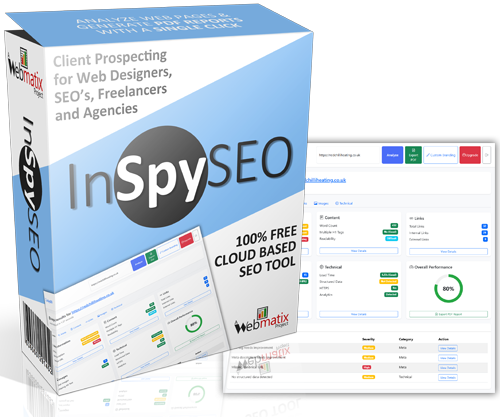Understanding the Web Design Client Onboarding Process
In the world of web design, the client onboarding process is crucial for establishing a successful and productive relationship between designers and their clients. This process not only sets the tone for the project but also ensures that both parties are aligned on expectations, goals, and deliverables. In this article, we will break down the essential steps involved in the web design client onboarding process, making it simple and easy to digest.
What is Client Onboarding in Web Design?
Client onboarding refers to the systematic approach taken by web design agencies to welcome new clients into their services. This process usually includes gathering information, setting expectations, and establishing communication channels. A well-defined onboarding process helps to minimize misunderstandings and paves the way for a successful project.
Why is the Client Onboarding Process Important?
Implementing a structured client onboarding process is vital for several reasons:
- Clarity: It ensures that both parties understand the project scope and requirements.
- Efficiency: A streamlined process saves time and resources, avoiding repetitive discussions.
- Trust: Establishing a good rapport fosters trust between the client and the designer.
- Project Success: A thorough onboarding process often leads to higher client satisfaction and successful project outcomes.
Steps in the Web Design Client Onboarding Process
Now that we understand what client onboarding is and why it’s important, let’s explore the key steps involved in the web design client onboarding process.
1. Initial Consultation
The first step in the onboarding process is an initial consultation. This meeting allows you to understand the client’s needs, goals, and vision for the project. During this consultation:
- Ask open-ended questions to gauge the client’s requirements.
- Discuss the client’s target audience and objectives.
- Explain your services and how you can help.
2. Proposal and Contract
Once you have a clear understanding of the project, the next step is to create a proposal. This document should outline:
- The project scope and deliverables.
- Timeline for completion.
- Pricing and payment terms.
- Any additional terms and conditions.
After the proposal is accepted, it’s essential to draft a formal contract to protect both parties. A well-structured contract provides legal security and clarifies expectations.
3. Client Questionnaire
To gather more detailed information about the client’s preferences, create a client questionnaire. This might include questions about:
- Design style and preferences (e.g., colors, fonts, layout).
- Competitors and inspiration websites.
- Content requirements (e.g., text, images, videos).
A comprehensive questionnaire helps in crafting a design that aligns with the client’s vision and brand identity.
4. Setting Communication Channels
Establishing clear communication channels is a critical step in the web design client onboarding process. Decide on the following:
- Preferred communication methods (e.g., email, phone calls, project management tools).
- Frequency of updates and meetings.
- Point of contact on both sides.
Transparent communication ensures that the project stays on track and that clients feel involved throughout the process.
5. Project Kick-off
After everything is set, it’s time for the project kick-off. This is an exciting moment for both parties. During the kick-off meeting, you can:
- Review the project timeline and milestones.
- Discuss the next steps.
- Address any immediate questions or concerns.
A successful kick-off meeting energizes the team and sets a positive tone for the project.
6. Design and Feedback Loop
Once the project is underway, the design phase begins. Throughout this phase, it’s essential to maintain an open feedback loop. This involves:
- Sharing design drafts and prototypes with the client.
- Collecting feedback and making necessary adjustments.
- Confirming that the design aligns with the client’s objectives.
Regular check-ins help to ensure that the project stays aligned with the client’s vision and reduces the likelihood of major revisions later on.
7. Final Review and Launch
As the project nears completion, conduct a final review with the client. This is the time to:
- Ensure all elements meet the agreed-upon specifications.
- Discuss any last-minute changes.
- Prepare for the official website launch.
A thorough final review helps in delivering a polished product that meets client expectations.
Conclusion
In conclusion, a well-executed web design client onboarding process is fundamental to the success of any web design project. By following these steps, you can ensure clarity, build trust, and create a collaborative environment that fosters creativity and innovation. Remember, the key to a successful onboarding process lies in communication, organization, and a focus on the client’s needs. By implementing these strategies, you’ll not only enhance client satisfaction but also improve the overall efficiency of your web design projects.
Are you wanting more clients to offer your web design, or SEO services to? Right now you can get unlimited FREE access to our brand-new ‘website analysis’ software tool called InSpySEO. Quickly identify website issues and generate custom branded PDF reports with 1-click to help you get your foot in the door, and close deals. Create Your Free Account Here

Leave a Reply